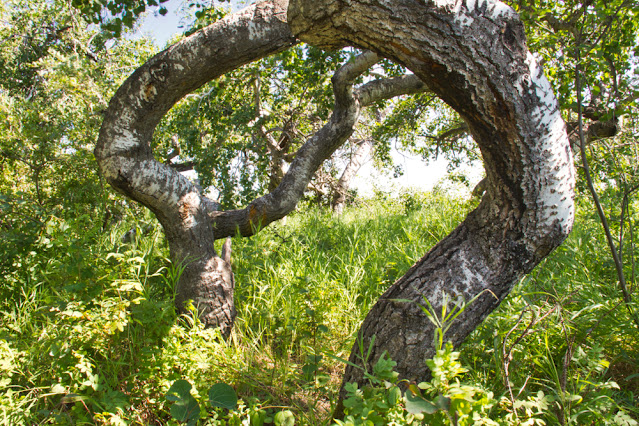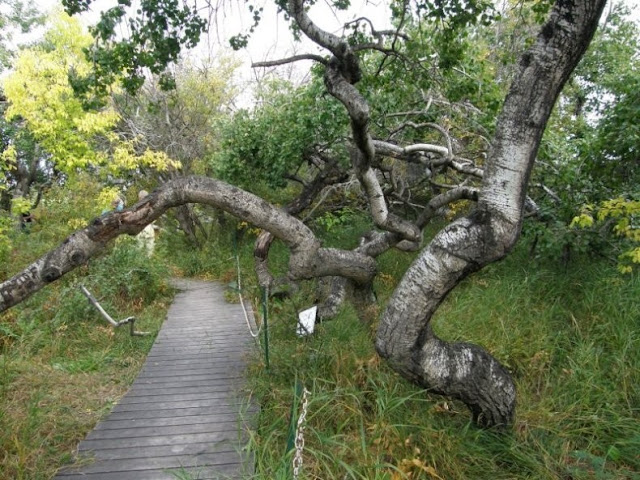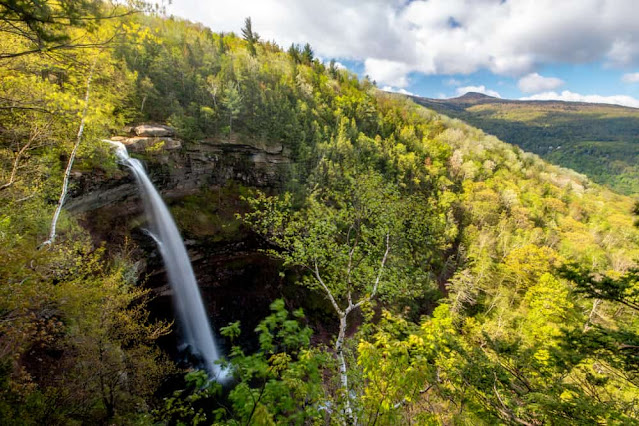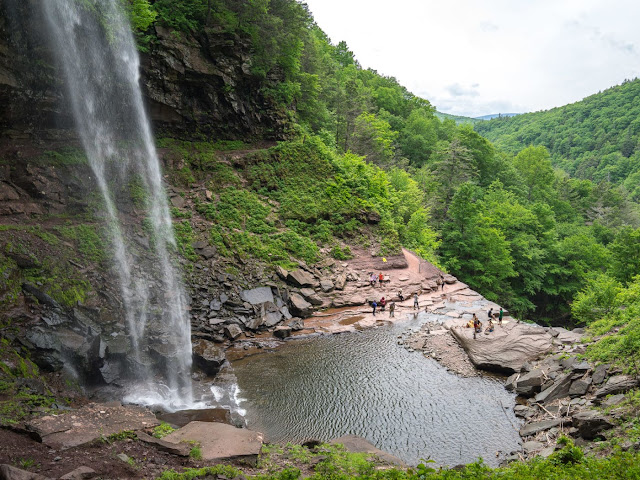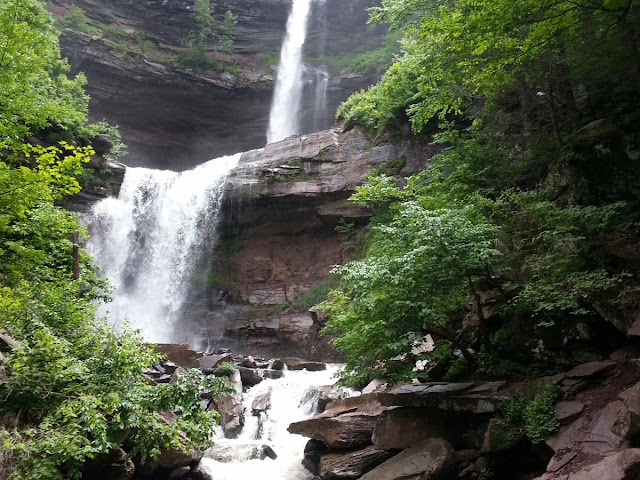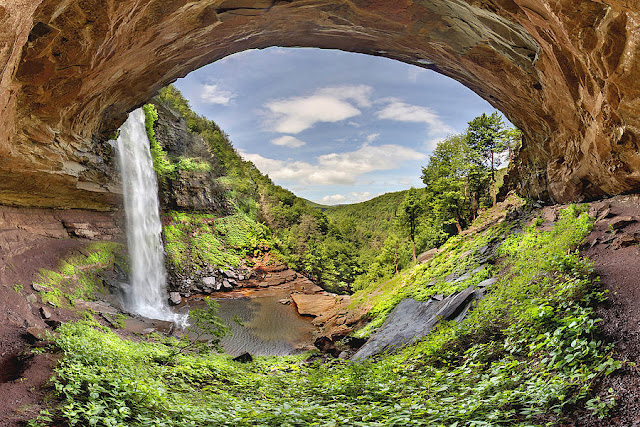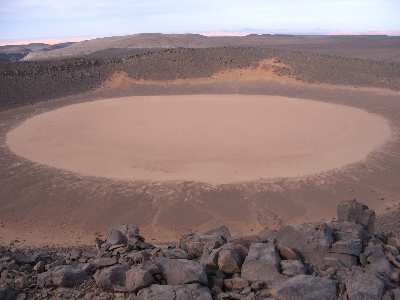The Crooked Bush, Crooked Trees, or Twisted Trees and the Crooked Trees of Alticane are a grove of deformed trembling aspen trees of type Populus tremuloides Michx in Saskatchewan, Canada. They are usually reaching this height after 15 years. Crooked Bush is found approximately 20 km north-north-west of the town of Hafford, Saskatchewan and 5 km south-west of Alticane. These trees are noticeably different from the un-twisted aspens just across the road.
Therefore, explanations have been offered which include a variety of paranormal factors. Though, cuttings from these trees, exhibit the same pattern of twisted growth, signifying that the cause is rooted in genetics, possibly the result of a mutation. Thus, the trees' strange appearance was observed in the 1940s and attracted the tourists for many decades. However, the proliferation of websites and blogs that mention them gives a lot of hype.
A wooden walkway was constructed through the grove to keep visitors from trampling any new growth. Since the deformity is probable genetic and aspens spread by root suckers, it is likely that all the crooked trees in the grove are clones that originated from a single mutated tree. The grove is at present bounded on all sides by the grid road and a perimeter access road, so the size of the grove is static and is unlikely to continue spreading.
The grove can be seen in the Disney's true-life adventure-fantasy film Perri in 1957. This area is considered as a natural treasure, so be in limits and don’t climb the trees, break branches, litter, or leave the boardwalk. This will support and ensure that the area remains intact for years to come. The average height of crooked trees is 15 to 20 ft and 75 years old.
Different theories are popular about how it came to be. Some legends believe there is something in the soil, some contaminants that came when a meteorite crashed into the area. However, some believe it was a lightning strike.
What is truly fascinating is the fact that the trees are growing at a normal rate. Their branches are just growing in every direction other than straight up. While the trail is rather short, it features a wooden boardwalk and is an awesome destination for people of all ages and abilities. Summer is a perfect time to visit as new leaves are sprouting.
A picnic bench is installed there to relish the foods and there is no hiking location. There are different kinds of bird species to live in that area offers you relaxing nature music. Rick Simmonds, the owners of this property, upon which the crooked cluster of trees sit, this place is visited more than five thousand visitors each year, and numbers are growing every year. So, it is very imperative for people to understand and realize the uniqueness of this area to preserve and there isn’t another bush like this,
Product You May Interested
- Feel Emotional Freedom! Release Stress, Heal Your Heart, Master Your Mind
- 28 Day Keto Challenge
- Get Your Customs Keto Diet Plan
- A fascinating approach to wipe out anxiety disorders and cure in just weeks, to become Anxiety free, relaxed, and happy.
- Flavor Pairing Ritual Supercharges Women’s Metabolisms
- The best Keto Diet Program
- Boost Your Energy, Immune System, Sexual Function, Strength & Athletic Performance
- Find Luxury & Designer Goods, Handbags & Clothes at or Below Wholesale
- Unlock your Hip Flexors, Gives you More Strength, Better Health, and All-Day Energy.
- Cat Spraying No More – How to Stop Your Cat from Peeing Outside the Litter Box – Permanently.
- Anti-aging nutritional unexplained weight gain, stubborn belly fat, and metabolic slowdown. Reach Your Desired Weight in a Week and Stay There.
- Get All Your Healthy Superfoods In One Drink
